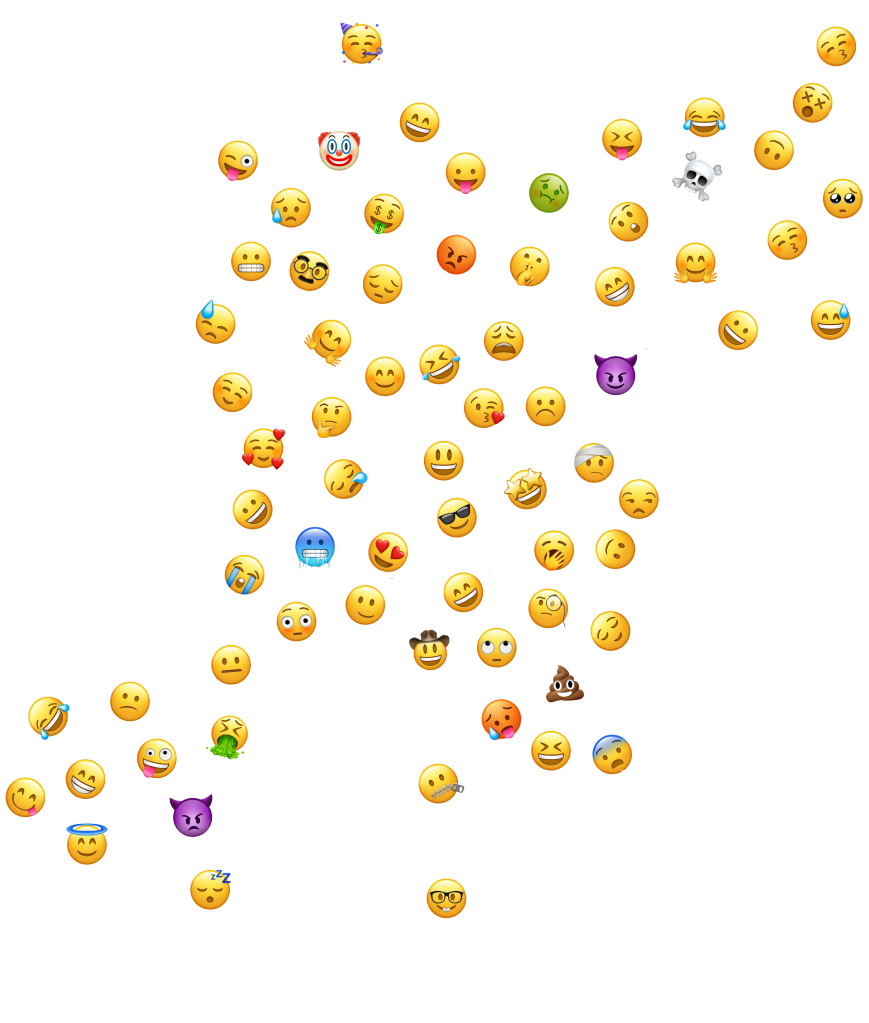Emojis are used on the internet as a world language – and are not always harmless.
. Billions of messenger service users use them. Emojis are the new world language. But as harmless as they seem, the small icons have become a serious and political matter – an inventory of today’s World Emoji Day.
Kissing mouth, devil, poo, cat face: chats and social media are teeming with emojis. The small icons and symbols have become the language of the world in the age of the internet and smartphones. Almost everyone uses the pictograms on their mobile phones – young and old. But as entertaining as the characters from aubergine to zebra are often and as much as they contribute to understanding or just reinforcing what is written, they can also be used in an ambiguous or even malicious way.
This Saturday is “World Emoji Day” again, which has been around for seven years. It goes back to the Australian Jeremy Burges who lives in London. July 17th was chosen because the calendar emoji shows that day.
Even if the term “emoji” – as well as that of the “emoticon” (the name for a combination of letters, punctuation marks and special characters that make up a face) contains the prefix “emo”, the Japanese word also has “Emotion” and feeling nothing to do at first. Translated it simply means “pictorial characters”. It comes from the Japanese characters for “e” (picture), “mon” (phrase) and “ji” (letter).
The word “Emoji” has only been in the Duden since the penultimate edition of the yellow spelling dictionary in 2017 – with the meaning: “Pictogram from Japan, similar to an emoticon, which refers to emotional states, objects, places, animals, food or the like (in electronic messages) “.
The basis of the global symbols goes back to the 49-year-old graphic designer Shigetaka Kurita, who designed 176 pictograms for a Japanese mobile operator in the late 1990s. The global triumph of emojis began in 2010 when the Unicode consortium in Mountain View in Silicon Valley (a working group that takes care of the uniform digital representation of writing systems) integrated the pictograms from various providers into one standard. Since then, everyone can be sure that the other person will actually get the clown face or the thumbs up. The current emoji catalog includes nearly 3000 of the symbols.
Critics throw in that the use of emojis is pandemic and diminishes the human ability to adequately describe emotions. The font designer and author Erik Spiekermann, for example, said five years ago on Deutschlandfunk Kultur: “We’re going back to the Bronze Age, when emojis like that were painted on the caves: Well, man with a spear takes care of deer.”
The linguist Anatol Stefanowitsch believes that a culture war lurks behind the seemingly simple colorful pictures. In an article for the “Frankfurter Allgemeine Zeitung” four years ago, he wrote: “At first glance, emojis may seem harmless, maybe even a bit silly. But like all sign systems, they have a complex relationship to social reality: On the one hand, they are images, on the other hand, they shape our understanding of what is designated. ” The initially supposedly neutral signs have turned into a struggle for “identity and visibility”. Think of the introduction of more female emojis, a wider range of skin colors or the “woman with hijab” emoji. The Islamic headscarf, for example, quickly became a symbol for women of the Muslim faith. Stereotypes and simplifications also play a role when it comes to the sexes. Stefanowitsch: “There is just as little space for short-haired or bare women as there is for long-haired or beardless men.”
In recent years, of all things, the happy laughing smiley (“grinning face with smiling eyes”) or the tearful smiley (“face with tears of joy”) has become political and perfidious. On Facebook, for example, troll profiles often comment on posts on serious topics with hahaha faces. This is intended to devalue and ridicule dead refugees in the Mediterranean, the consequences of climate change, anti-corona measures or certain people. Mockery and hatred spread. This creates an uncomfortable mood and a feeling of powerlessness in people for whom these issues or people are serious concerns. A so far unresolved contradiction of the web age: symbols for a good mood create a bad mood.
–

